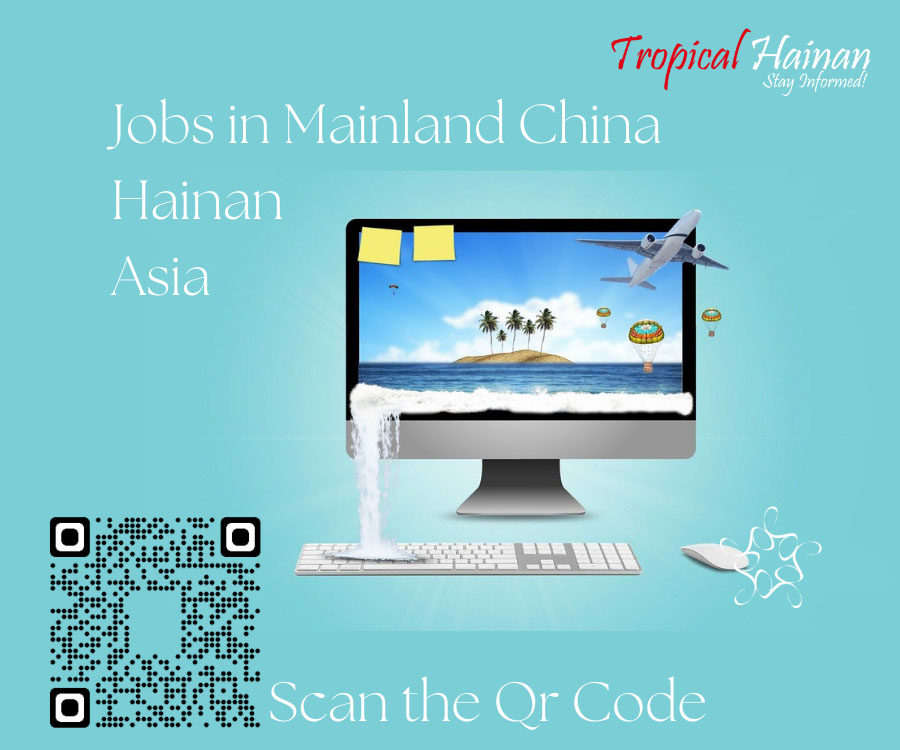Where Does Hainan Stand on Its Journey to Becoming a Global Free Trade Port?
At a landmark press conference held by China’s State Council Information Office back in July 23 2025, senior officials announced that the Hainan Free Trade Port (FTP) will officially begin island-wide customs operations on December 18 2025, a date chosen to echo December 18th 1978, when China’s reform and opening-up began.
The announcement confirms that Hainan’s long-planned transformation from policy blueprint to full implementation is now entering its final stage, marking one of the most consequential milestones in China’s modern reform history.
From Vision to Execution
Vice Chairman of the National Development and Reform Commission Wang Changlin recalled that the Master Plan for the Construction of the Hainan Free Trade Port was released in June 2020.
Over the past five years, he said, China and Hainan have built a “4-3-2-1” framework that defines the core features of the Free Trade Port:
The Framework Behind Hainan’s Transformation
Four Freer Flows, people, goods, capital and data now move across borders with greatly reduced friction.
Citizens of 85 countries can enter Hainan visa-free.
The “China Yangpu Port” registry ranks second nationally in international vessel tonnage.
Funds can transfer freely between Free Trade Accounts and overseas accounts.
Cross-border data transfers follow a negative-list management system.
Three Dimensions of Openness, expanded liberalisation in goods trade, services trade and investment.
Zero-tariff policies now cover raw materials, transport equipment and self-use machinery.
China’s first negative list for cross-border services trade has taken effect.
Twenty-two special measures further ease market access, and Hainan’s foreign-investment list is the most open nationwide.
Two Major Tax Incentives, corporate and personal income tax rates have been unified at 15 percent, delivering cumulative tax reductions of over 31 billion yuan for enterprises and 17 billion yuan for individuals since 2020.
Island-wide duty-free shopping quotas have increased to 100,000 yuan per person per year. Value-added processing duty exemptions have expanded to the entire island.
One Legal Foundation, the Hainan Free Trade Port Law and over 40 supporting regulations now provide a complete legal basis for reform.
These measures, Wang said, have turned Hainan into a functioning pilot of high-standard liberalisation and have laid the groundwork for the upcoming customs closure.
He emphasised that “closure does not mean isolation, but a higher level of openness.”
The Countdown to December 18 2025
Under the First Line Open, Second Line Controlled, On-Island Free framework, the customs closure will convert the whole island into a special customs supervision zone.
Wang outlined four new implementation priorities, the “Four More” policies, to take effect once operations begin:
More Preferential Zero-Tariff Rules: tariff-free items will expand from 21 to 74 percent of all tariff lines.
More Relaxed Trade Management: selective removal of import prohibitions and restrictions.
More Convenient Port Access: eight “first-line” international ports and ten “second-line” domestic gateways will adopt simplified clearance.
More Efficient Supervision: precision and smart-customs systems will ensure low-intervention, high-efficiency oversight.
The NDRC confirmed that the CPC Central Committee has formally approved December 18 2025 as the official launch date, symbolising China’s renewed commitment to opening-up.
Hainan’s Economic Readiness
Hainan Party Secretary Feng Fei described the province’s progress over the past five years as moving from “policy formation” to “momentum building.”
Key indicators underline that readiness:
Actual foreign investment: 102.5 billion yuan, +14.6 % per year.
Outbound direct investment: US $ 9.78 billion, +97 % per year.
New foreign enterprises: 8,098, +43.7 % per year.
Trade growth: goods +31.3 %, services +32.3 % per year.
Investors from 176 countries and regions; economic openness 35 %.
The province’s four pillar industries, tourism, modern services, high-tech manufacturing and tropical agriculture, now make up 67 % of GDP, up 13.7 points.
High-tech capacity is surging: the Nanfan seed industry exceeds 18 billion yuan in output; the nation’s first commercial spaceport is operational; and offshore duty-free sales account for over 8 % of the global market.
Environmental and social metrics have improved in parallel.
Hainan’s PM 2.5 concentration averages 12 µg/m³; clean-energy power generation exceeds 70 % and installed capacity exceeds 80 %, and life expectancy has reached 80.5 years.
Feng Fei confirmed that all policy, infrastructure and IT systems for the closure are complete, with island-wide stress tests under way to ensure seamless implementation.
“After five years of preparation,” he said, “we are confident we can meet the target date.”
Policy Innovations to Support Global Business
Officials detailed a series of reforms that directly benefit international enterprises:
Ministry of Finance: the zero-tariff system will expand to about 6,600 tariff lines (74 % of all items). Qualified firms, institutions and private entities registered in Hainan will enjoy duty-free imports and value-added processing exemptions when re-exporting to the mainland.
Ministry of Commerce: a new Prohibited and Restricted Goods List clarifies import boundaries and broadens access for machinery, electronics and bonded repair businesses, the highest liberalisation level in China to date.
General Administration of Customs: will implement “direct release” for eligible first-line imports and simplified second-line procedures, cutting the number of required declaration items from 105 to 42.
Hainan Provincial Government: will continue expanding financial, data and personnel-entry liberalisation, including relaxed visa, residence and work permit rules for international professionals.
Together, these measures create one of the most open and predictable business environments in China, offering companies reduced costs, faster clearance and globally competitive tax incentives.
A New Gateway for Global Integration
Wang Changlin closed his remarks by calling the Hainan FTP “a new starting point for high-level institutional opening.”
He outlined six future directions:
- Broader trade liberalisation, especially in tourism, education and healthcare.
- A more transparent investment climate and market-access system.
- Progressive financial opening through multifunctional Free Trade Accounts.
- Streamlined entry and residence policies for global talent.
- A freer maritime and aviation system, including expanded “China Yangpu Port” registry and potential seventh-freedom air rights.
- A cross-border data framework enabling secure international digital-trade flows.
These plans signal that Hainan will not only serve as China’s southern trade and investment hub, but also as a testing ground for global standards in finance, logistics, data and environmental governance.
Five years after the blueprint was unveiled, the Hainan Free Trade Port is ready to move from framework to operation, from concept to reality.
When the customs closure takes effect on December 18 2025, Hainan will stand as China’s newest international gateway, combining world-class openness with Chinese legal and institutional innovation.
(All facts and figures are drawn directly from the July 23 2025 State Council Information Office press conference on the Hainan Free Trade Port.)



